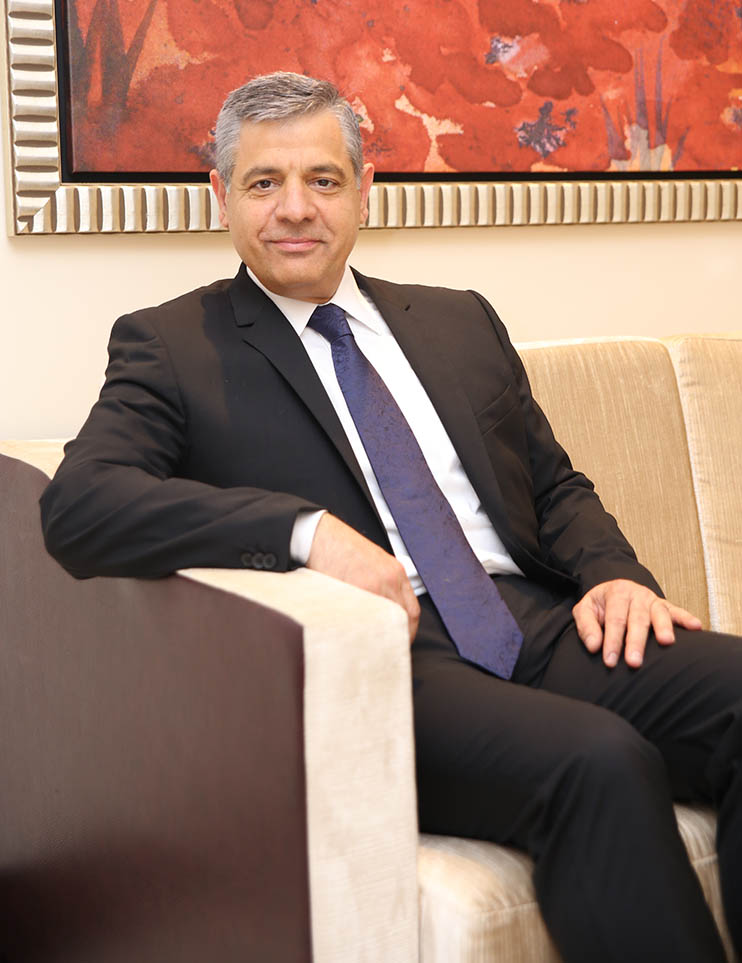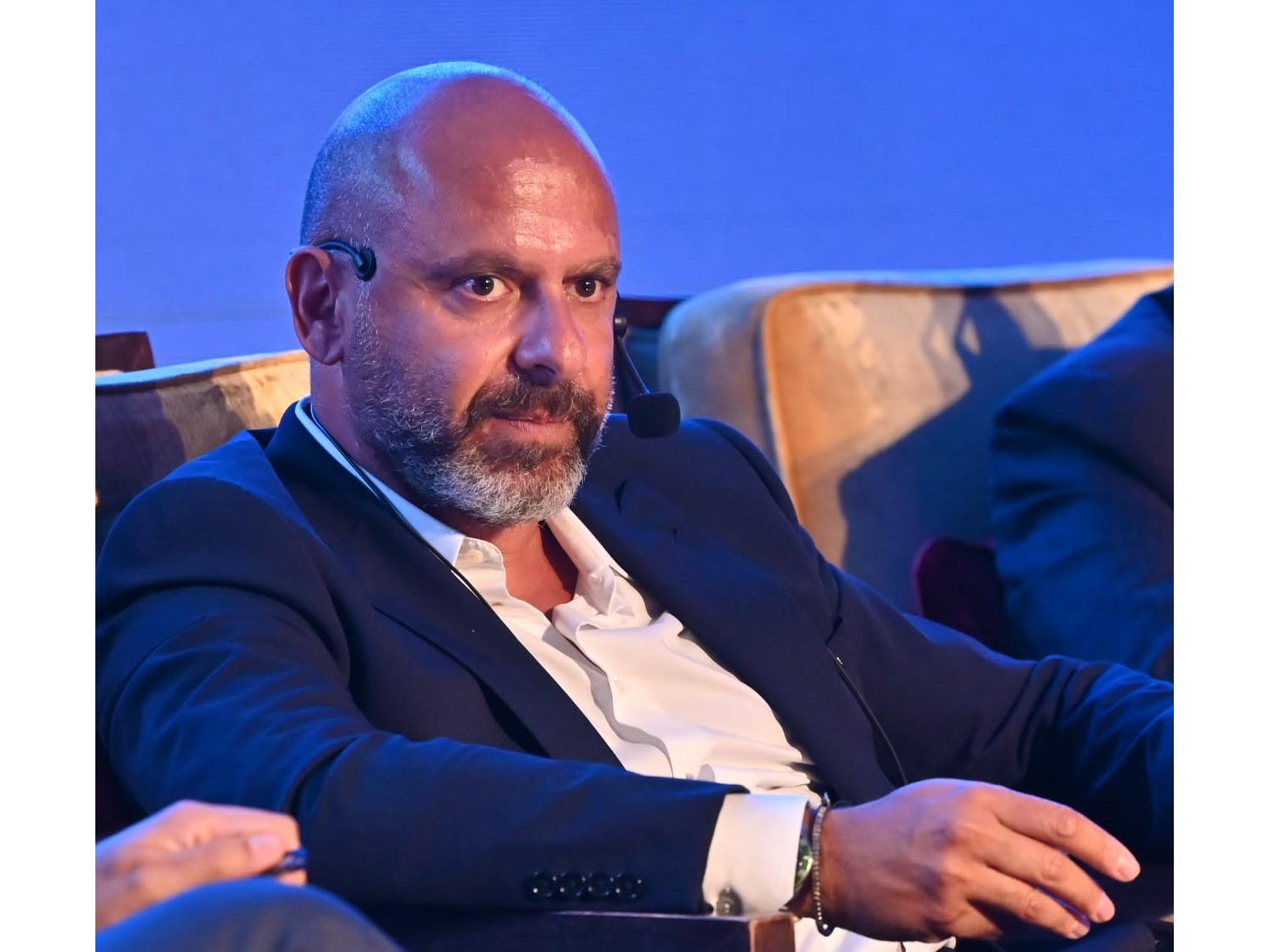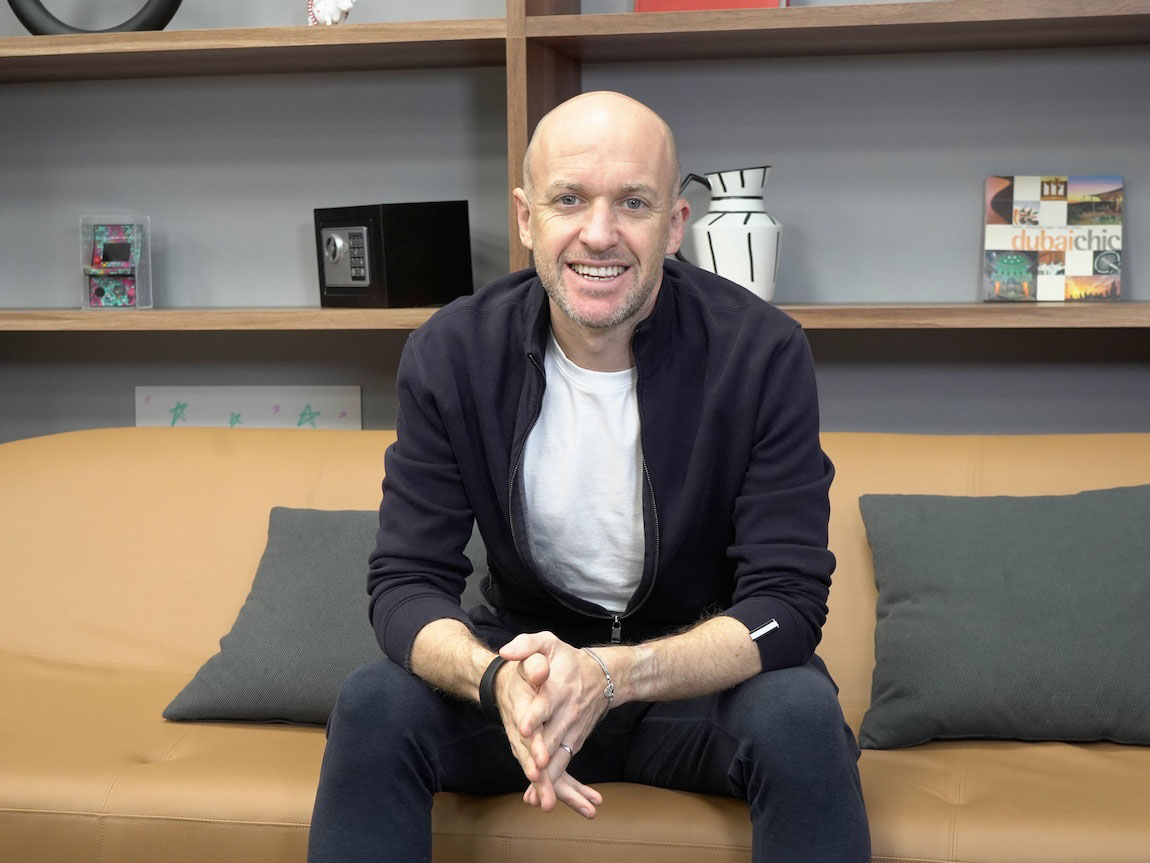Industry Talk
A Race Where No One Wants to Come in Second
by Ghada Azzi
July 23, 2018
.jpg) Advertisement
AdvertisementNinety years later, we find ourselves in an era with scientific and accurate methodologies to measure media consumption at our fingertips, utilizing advanced technologies, such as those offered by Nielsen, that are adopted by AGB Stat Ipsos in Lebanon. Yet, despite the science behind gathering insights, improving the sample and upgrading the technology to ensure proper representation of audiences, the numbers continue, and will always be questioned. What we find, report after report, figure after figure, is that nobody wants to admit rank second, let alone third…
In Lebanon, two giants lead the industry, two multinational specialized research companies: Ipsos and Nielsen, operating as a joint venture locally. In 1999, they joined forces creating an entity formally known as AGB Stat Ipsos, to provide the Lebanese market with accurate, transparent and qualitative results, via internationally recognized technologies used to conduct Television Audience Measurement (TAM) activities. Since, AGB Stat Ipsos and has been the official entity assigned by the JIC and the Advertisers Association (AA), to conduct audience measurement activities on behalf of clients.

“The long-lasting trend has been to question and criticize the numbers, versus looking inwards, to explore ways to improve. It is an industry that cannot and will not please everyone – and there is no possible way, according to science, that everyone can be number one.”—Edouard Monin
“I have been in the industry for over 30 years, dedicating my career to helping clients and audiences find a common language. However, alongside the scientific advancements in this field, a continual questioning of the numbers ran in parallel,” said Edouard Monin, Chairman & CEO of Ipsos in MENA. “The long-lasting trend has been to question and criticize the numbers, versus looking inwards, to explore ways to improve. It is an industry that cannot and will not please everyone – and there is no possible way, according to science, that everyone can be number one,” he added.
Issues as such arise globally, in all markets. What governs the sector, to ensure transparency and accuracy of results are periodical audits. In this regard, the AA oversees an ongoing audit on the data and methodologies, by assigning international auditor, on behalf of clients, to oversee the work of media measurement companies in Lebanon. Independent auditors also verify the accuracy of the total process, from the Establishment survey and the recruitment of the homes that are part of the sample size, until the data is published.
“The auditor follows a thoroughly vigorous process, tapping into every single detail, figure and methodology that the company utilizes,” said Monin. “The audit results are no secret, shared with all industry professionals, as a stamp of professionalism and commitment to improve and create the trust between all stakeholders in the market. However, even when the industry is governed in such a way, the numbers are still questioned. This is even the case, when the results from different research and audience measurement companies that operate in Lebanon, are relatively similar, so they are questioning the entire research business,” he added.
In the case of French multinational Ipsos, the methodologies utilized are all based on representative samples provided by official governmental entities in Lebanon. Currently, the TAM system, equipped with Nielsen’s most advanced technology, extends into 600 households across Lebanon, capturing a representative sample of a diverse nation.
Since its emergence, the research and audience measurement industry has always been a heated one, with TV stations questioning the numbers and methodologies used to derive the numbers, rather than looking inwards. This phenomenon will always exist and is in fact part of a fair and credible part of the process, ensuring transparency at all levels. However, the numbers pertaining to audiences are dynamic, just like the TV stations. The fluctuations in ranking are tied to the programs that TV stations offer, as well as the programming grid. Some seasons, a specific show will lead in the program ratings and boost the TV station’s viewership, at other times the ranking might change according to the grid offer. The science behind research even shows that the timings (down to minutes and hours) can impact the ratings. The research companies are only tasked to observe, scientifically measure and fairly report what audiences are watching, as is, without any possible intervention.
A thorough analysis of the way audience measurement is captured is computer-generated, with specialized tools used, and data reported as is. How can one question the numbers? Some choose to accept the figures, taking them as a challenge to improve if their ratings have dipped. Others choose to wage defamatory wars against those issuing the data, discrediting the numbers, despite the scientific methodologies that are used to derive the figures.
To safeguard the industry and ensure a smooth process is adopted, research companies should not be held accountable for what the scientific figures show. Instead, we must foster a culture of healthy competition, open and constructive criticism and be encouraged to look internally, to identify areas for improvement. That is what independent audits conducted for research companies do – perhaps TV stations should adopt a similar approach.




.jpg)










